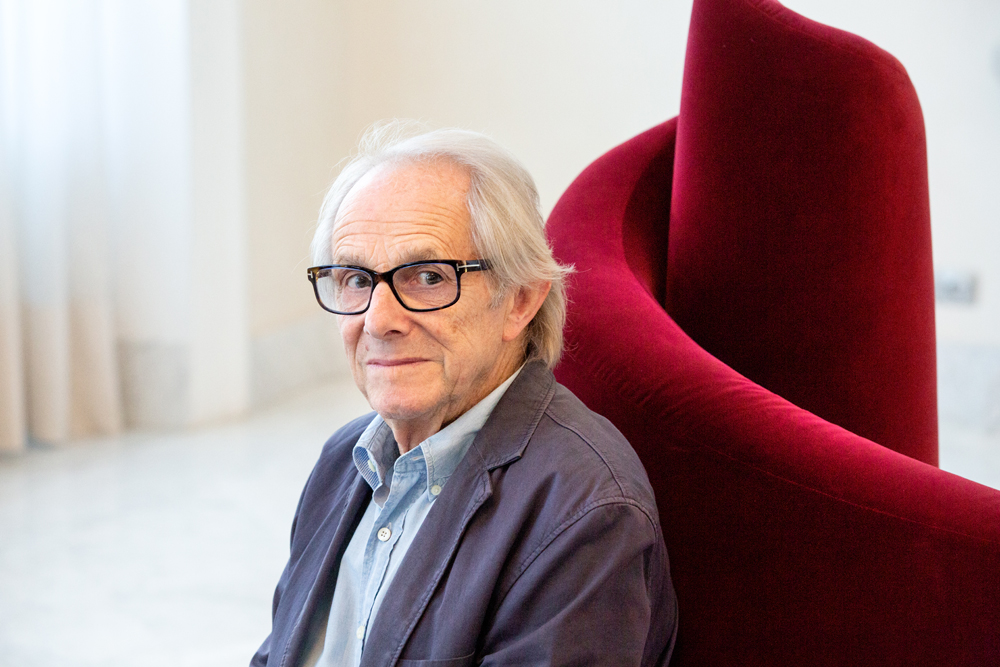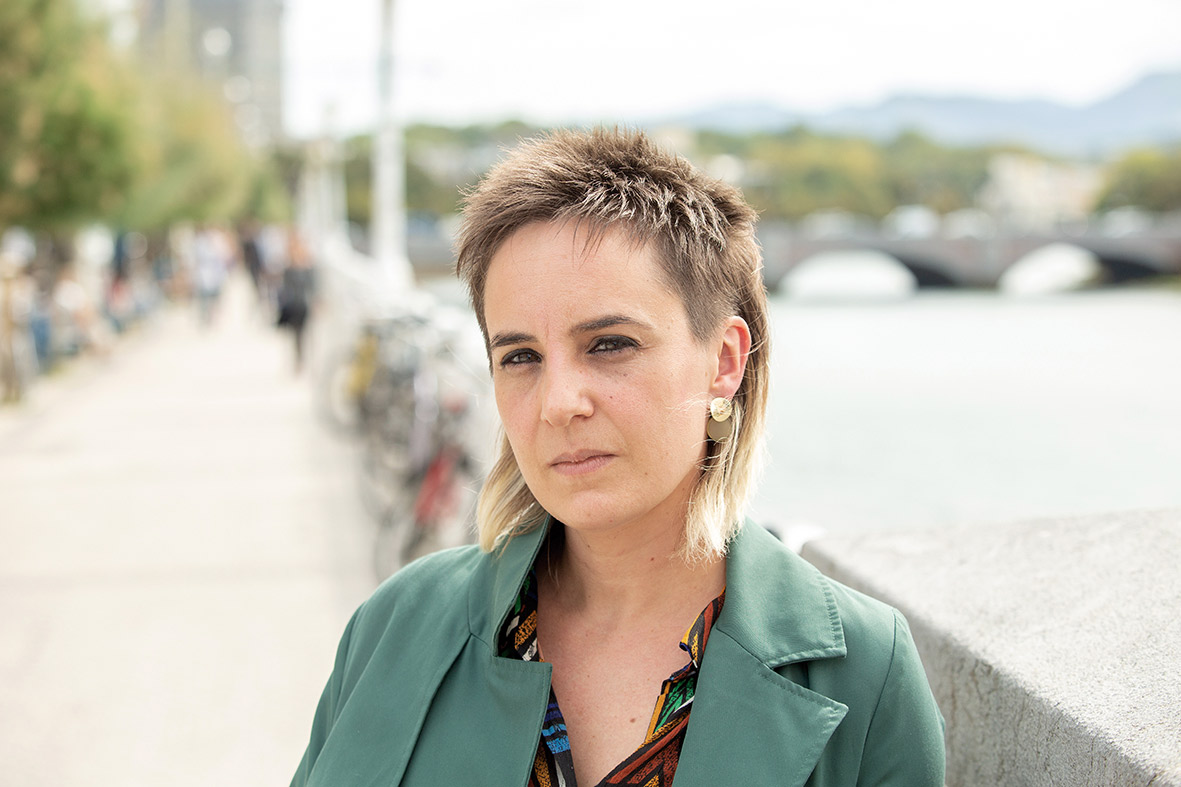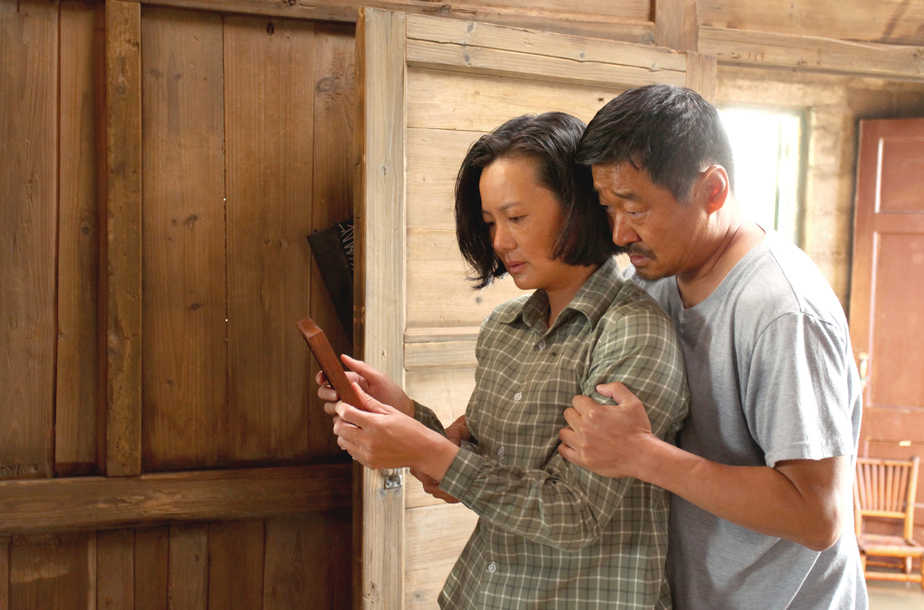Fiction and documentation
- The festival, which has lasted for a week, will end when it could have taken the path of a symbiosis with the city. Perhaps a Swiss actor has today been able to pronounce in memory the words he learned in the Basque dictionary for foreigners distributed by Bagera, or the Argentine feminists in favor of abortion would already have known the groups of Basque women. Perhaps, quite the contrary, the workers of the shops in the area of the beaches are fed up with the pretensions of foreigners who ask in English and are looking forward to something returning to normal. In one way or another, there is no possibility of making decisions; tomorrow the failure will be known and as the giant posters and the red carpets of the films will disappear. At least those traces that are going to appear.

In addition to Kimuak in this year’s election, today the latest film competing in the Zabaltegi-Tabakalera section has been screened: Golden legend. The 13-minute short film by Chema García Ibarra e Ion de Sosa is located in a town in Extremadura. There, it's summer, and the village is wrapped in a pool. From the very beginning, you realize that they have specific topics for conversation. The title of the work can also give clues about how to look at the short, as it refers to a collection related to medieval religion. The principals take with humor the little stories of the people in the pool. In the end, we have the feeling of being the portrait of a people, with the contributions of each character. The character who walks into the pool to save someone who is drowning creates a turning point in history: without diving into the water, walking above the water. However, in the environment, the phenomenon does not generate perplexity. A work that can be a reflection on peoples and beliefs, catches the audience from the beginning and makes them feel part of the environment until the end of the film. The story that happens in a short time, moreover, works well in the audiovisual field.
Almodovar's Pain and Glory has been another movie released this year. The Spanish director portrays the withdrawal or decline of a film director, Salvador Mallo (Antonio Banderas), who has recently been arrested. Mallo, in these difficult years, will approach his past more than ever. It is an intimate film that can be placed between autobiography or self-fication by the weight it acquires and that unites Almodóvar with the protagonist of the film. The relationship of this character with drugs, mother, town and studies (being) occupies a space in the script. The words that Lucrecia Martel spoke in Venice at the end of August about the director are not casual, as in the film reference is made to a plan of La niña santa, de la argentina. The work of Almodóvar builds bridges with this mention of works by others. In short, I think it's a movie about the relationship between him and film.
The film by Ana Sofie Hartmann Giraffe has been one of the latest films of this festival that has competed in the Zabaltegi-Tabakalera section. In an area of Denmark, a tunnel is being built which will connect with Germany. In him, a woman who is documenting the process involved will join us with the big issues moving within him. This fiction on real facts reflects, in a very simple way, on emigration, progress and involuntary encounters. The director works with both professional and non-professional actors, maintaining a special balance with the one outside the film. Hartmann takes Jirafa as a symbol of people who live outside the house, as well as witnessing the shooting scene. That is what gives title to the film and through it explains its opinion on the displacements it has. The relationships established in the film balance, precisely, this feeling of not feeling there. The Danish man recounts history with a simplicity that demonstrates his ability to do so.






















